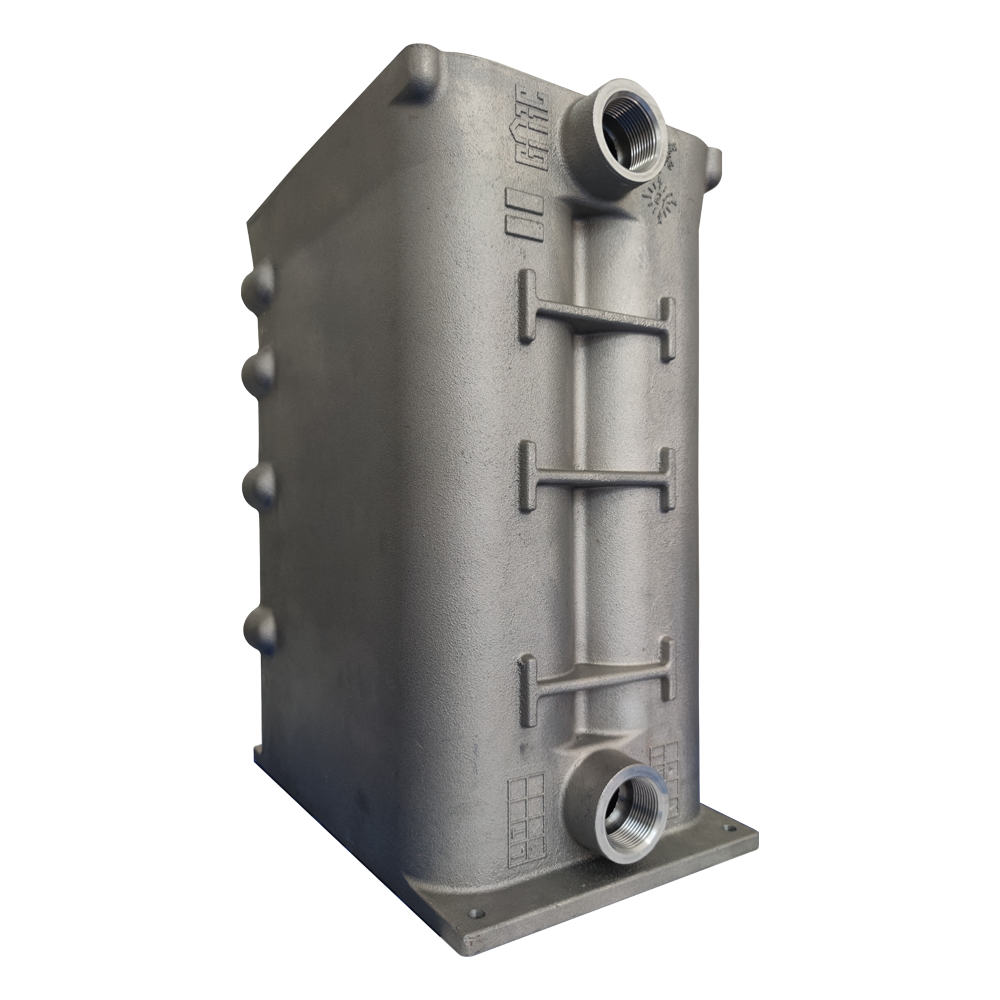- Afrikaans
- Albanian
- Amharic
- Arabic
- Armenian
- Azerbaijani
- Basque
- Belarusian
- Bengali
- Bosnian
- Bulgarian
- Catalan
- Cebuano
- China
- China (Taiwan)
- Corsican
- Croatian
- Czech
- Danish
- Dutch
- English
- Esperanto
- Estonian
- Finnish
- French
- Frisian
- Galician
- Georgian
- German
- Greek
- Gujarati
- Haitian Creole
- hausa
- hawaiian
- Hebrew
- Hindi
- Miao
- Hungarian
- Icelandic
- igbo
- Indonesian
- irish
- Italian
- Japanese
- Javanese
- Kannada
- kazakh
- Khmer
- Rwandese
- Korean
- Kurdish
- Kyrgyz
- Lao
- Latin
- Latvian
- Lithuanian
- Luxembourgish
- Macedonian
- Malgashi
- Malay
- Malayalam
- Maltese
- Maori
- Marathi
- Mongolian
- Myanmar
- Nepali
- Norwegian
- Norwegian
- Occitan
- Pashto
- Persian
- Polish
- Portuguese
- Punjabi
- Romanian
- Russian
- Samoan
- Scottish Gaelic
- Serbian
- Sesotho
- Shona
- Sindhi
- Sinhala
- Slovak
- Slovenian
- Somali
- Spanish
- Sundanese
- Swahili
- Swedish
- Tagalog
- Tajik
- Tamil
- Tatar
- Telugu
- Thai
- Turkish
- Turkmen
- Ukrainian
- Urdu
- Uighur
- Uzbek
- Vietnamese
- Welsh
- Bantu
- Yiddish
- Yoruba
- Zulu
Sep . 28, 2024 20:25 Back to list
Innovative Approaches to Enhanced Heat Exchanger Performance and Efficiency Optimization
Advanced Heat Exchangers Innovations and Applications
Heat exchangers play a crucial role in various industries by transferring heat between two or more fluids without mixing them. As the world becomes more energy-conscious and the demand for efficient thermal management solutions increases, advanced heat exchanger technologies are emerging as pivotal players in optimizing thermal processes. This article delves into the innovations and applications of advanced heat exchangers, highlighting their importance in modern engineering.
Understanding Heat Exchangers
At its core, a heat exchanger is designed to enhance the transfer of thermal energy between two mediums. Traditional heat exchangers include shell-and-tube, plate, and air-cooled designs, each with its own set of advantages and limitations. The evolution into advanced heat exchangers has been driven by the need for improved efficiency, reduced footprint, and enhanced performance in challenging thermal environments.
Key Innovations
1. Microchannel Heat Exchangers One of the most significant advancements in heat exchanger technology is the development of microchannel heat exchangers. These systems feature small channels that maximize surface area, allowing for efficient heat transfer even at low fluid velocities. The compact size of microchannels also reduces the overall weight and volume of the heat exchanger, making them ideal for applications in automotive and HVAC systems.
2. Phase-Change Materials Integrating phase-change materials (PCMs) into heat exchangers can significantly enhance energy storage and transfer capabilities. PCMs absorb and release heat as they transition between solid and liquid states, providing a method for storing excess thermal energy. This technology is increasingly utilized in renewable energy systems, where efficient heat management is critical for maximizing energy capture and utilization.
3. Additive Manufacturing The advent of 3D printing technologies has revolutionized the design and production of heat exchangers. Additive manufacturing allows for the creation of complex geometries that were previously difficult or impossible to achieve with traditional manufacturing methods. This capability can lead to improved flow dynamics and heat transfer efficiency, as well as reduced material waste and production costs.
4. Enhanced Heat Transfer Surfaces Engineers have developed new materials and surface geometries that enhance heat transfer rates. These include surfaces with fins or structured patterns that disrupt boundary layers, improving contact between the fluids and the heat transfer surface. Advanced coatings and materials with high thermal conductivity further increase the overall effectiveness of heat exchangers.
advanced heat exchanger

Applications of Advanced Heat Exchangers
The applications of advanced heat exchangers are vast and diverse, spanning numerous industries
- Oil and Gas In the oil and gas sector, heat exchangers are essential for cooling, heating, and condensing processes. Advanced designs help optimize thermal efficiency, thereby reducing energy consumption and environmental impact.
- Renewable Energy In solar thermal systems and geothermal applications, advanced heat exchangers enable efficient energy transfer from natural sources to usable heat. Their ability to handle varying temperature ranges and flow conditions is critical for maximizing energy harvesting.
- Aerospace and Defense The aerospace industry demands highly efficient thermal management systems due to space constraints and extreme operational conditions. Advanced heat exchangers assist in regulating temperatures in engines and electronic systems, ensuring reliability and performance.
- HVAC Systems Modern heating, ventilation, and air conditioning systems increasingly rely on advanced heat exchanger technology to provide efficient climate control. By optimizing heat recovery and improving energy efficiency, these systems can significantly lower operational costs.
Conclusion
As industries push for greater energy efficiency and sustainability, advanced heat exchangers are becoming indispensable components in thermal management solutions. With ongoing innovations in design, materials, and manufacturing processes, these systems are poised to meet the growing demands of modern applications. The integration of advanced heat exchangers not only enhances performance but also contributes to a more sustainable future by reducing energy consumption and environmental impact. As research and development in this field continue to progress, we can expect even more groundbreaking advancements that redefine what is possible in heat transfer technology.
-
Premium Cast Iron Water Main Pipe: Durable, Corrosion-Resistant
NewsAug.03,2025
-
Durable Cast Iron Water Mains | AI-Optimized Systems
NewsAug.02,2025
-
High-Efficiency Propane Boiler for Baseboard Heat | Save Energy
NewsAug.01,2025
-
Premium Source Suppliers for Various Gray Iron Castings
NewsJul.31,2025
-
Durable Cast Iron Water Main Pipes | Long-Lasting
NewsJul.31,2025
-
High-Quality Cast Iron Water Main Pipe for Durable Infrastructure
NewsJul.30,2025


